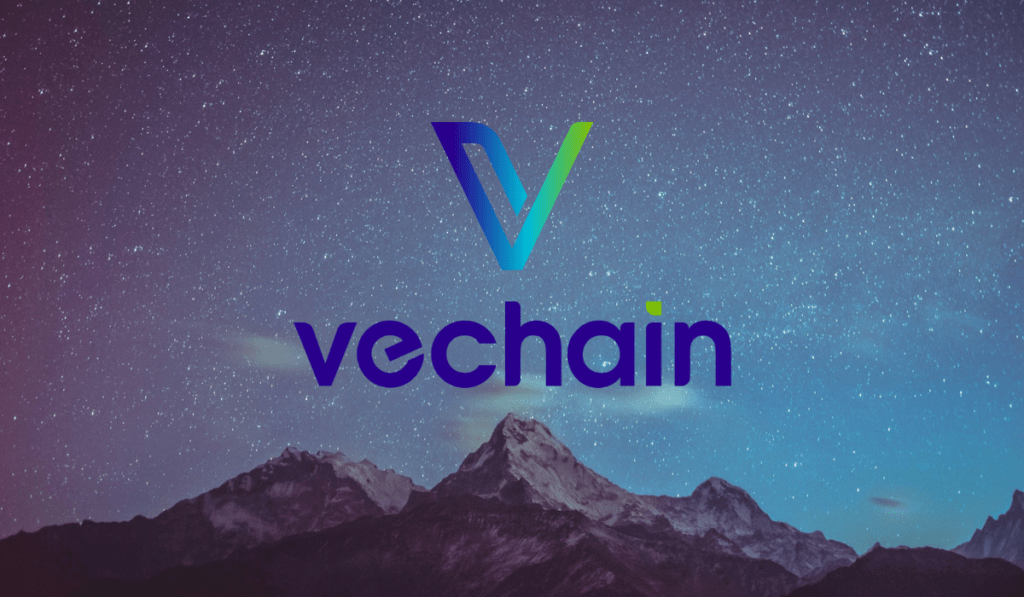- VeChain is upgrading its blockchain with a three-phase Renaissance initiative to improve fees, rewards, and developer compatibility.
- VeChain aims to boost adoption by making the platform more scalable, decentralized, and enterprise-friendly.
VeChain has embarked on a transformative journey with its ambitious Renaissance initiative, set to redefine the VeChainThor blockchain by 2025. This multi-phase upgrade aims to boost scalability, decentralization, and enterprise readiness, positioning VeChain as a top choice for blockchain adoption worldwide.
ALSO READ:VeChain Launches New VeBetter Grants to Boost Sustainable Blockchain Projects
Phase 1: Galactica — VeChain Introduces Smarter and More Predictable Fees
The Renaissance project kicks off with the Galactica phase, introducing the Dynamic Gas Fee Model inspired by Ethereum’s EIP-1559 proposal. This upgrade brings a more predictable transaction fee structure by burning a base fee to control inflation while rewarding validators with priority fees for processing transactions faster.
This innovation reduces gas fee volatility—a critical factor for businesses that need stable and forecastable costs for blockchain services. By enhancing fee management and economic stability, VeChain sets the stage for increased corporate use and long-term sustainability.
Phase 2: Hayabusa — Incentivizing Participation and Decentralization
Next, the Hayabusa phase reshapes VeChain’s economic model and boosts decentralization. It introduces a dynamic system for generating VTHO (VeThor tokens), tied to staking activities. Validators, economic nodes, and active users receive fair rewards under this model, creating stronger incentives for ecosystem engagement.
These changes aim to deepen community involvement and secure the network through increased participation. By rewarding stakeholders fairly, VeChain strengthens its foundation for a more resilient and stable blockchain platform.
Phase 3: Intergalactic — VeChain Prepares for Global Adoption
The final Intergalactic phase is designed for mass adoption and seamless interoperability. Key upgrades include a dynamic transaction fee mechanism that adapts to network activity, improving efficiency and cost-effectiveness.
Importantly, VeChain will achieve full compatibility with the Ethereum Virtual Machine (EVM) and support JSON-RPC protocols. This alignment allows developers to deploy Ethereum-standard smart contracts and tools on VeChain, lowering barriers to entry and accelerating decentralized app development.
Conclusion: A Leap Toward Enterprise-Grade Blockchain
VeChain’s Renaissance initiative represents more than technical upgrades—it signals a strategic move to dominate the enterprise blockchain space. By improving fee predictability, enhancing incentives, and embracing interoperability, VeChain aims to attract more developers and businesses.
As the three phases unfold, VeChain is poised to expand blockchain’s global footprint, offering a scalable, decentralized, and developer-friendly platform ready for the future.
MOGHT ALSO LIKE:Pi Network Users Stuck in Migration Chaos as 2FA and Balance Errors Persist
DISCLAIMER:
The views and opinions expressed herein are solely those of the author and do not necessarily reflectthe views of the publisher. The publisher does not endorse or guarantee the accuracy of any information presented in this article. Readers are encouraged to conduct further research and consult additional sources before making any decisions based on the content provided.

